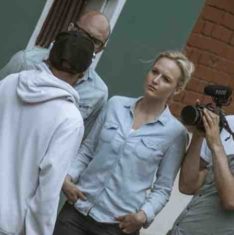How to spot a fake viral video in less than 60 seconds
The more sophisticated and innovative viral videos become the more useful it is to be able to spot them. Stephanie Hunt offers her tips on how to spot the fake from the authentic.
Never before has the appetite for viral content been so insatiable. Online media outlets have endless platforms to fill and an ever-hungry audience wanting more. But with this whopping appetite comes an increased danger of being fooled, spoofed and scammed into believing something is real, when in fact, it’s clearly not.
The Woolshed Company is an independent Melbourne-based production company that has taken advantage of this seismic shift. The boutique studio admitted to creating and faking eight of the most talked-about viral videos of the past two years. It was part of a social experiment to uncover what engages the global media.



A little tip for Amy Hutchison… when lightning is very close, the sound does arrive so quickly that there is no perceptible gap. It’s only over distances of kilometres that the sound arrives late. At 200m there’s a 1/10th of a second delay. Almost imperceptable.
I fear the author has completely missed the point here…
If someone believes a video is real, but it turns out to be a hoax, seriously, what happens that is so bad? It’s not like money is immediately withdrawn from their bank account because they thought the bear was real. Have you ever seen a monk burn himself alive due to the horrible shame he’s brought to his country for sharing the “Man fights off great white shark” video?